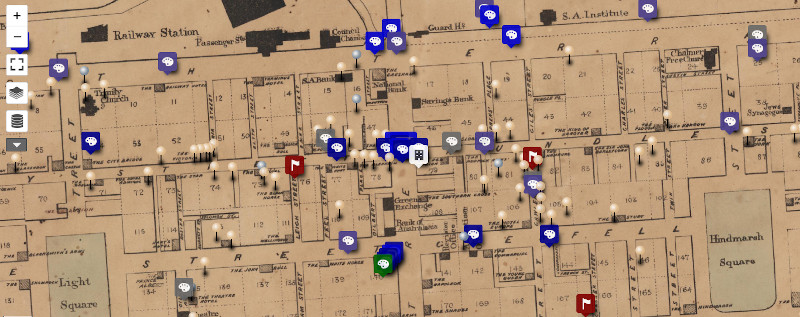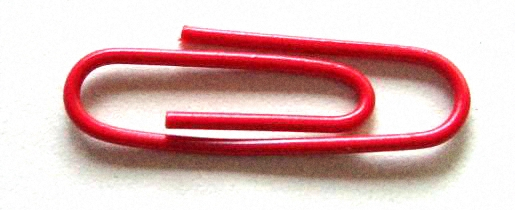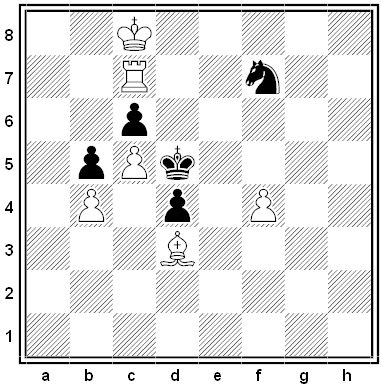An angel appears to a conference of philosophers and offers to provide the truthful answer to a single question. Cannily they ask:
“What is the ordered pair whose first member is the question that would be the best one for us to ask you, and whose second member is the answer to that question?”
Truthfully the angel answers:
“It is the ordered pair whose first member is the question you just asked me, and whose second member is this answer I am giving you.”
Philosopher Ned Markosian writes, “At the time the philosophers asked [the question above], it seemed like that question was the ideal one for their peculiar situation. But as it turned out, [that question] was obviously not at all the right thing to ask. … The puzzle, then, is this: What went wrong?”
(Ned Markosian, “The Paradox of the Question,” Analysis 57:2 [1997], 95-97.)





